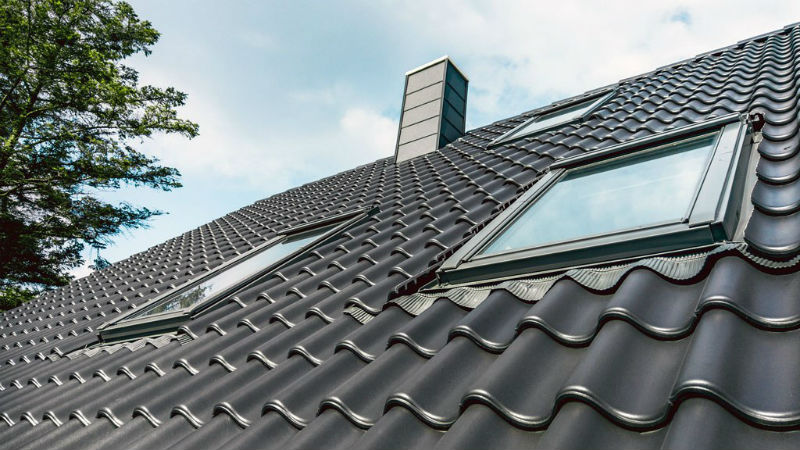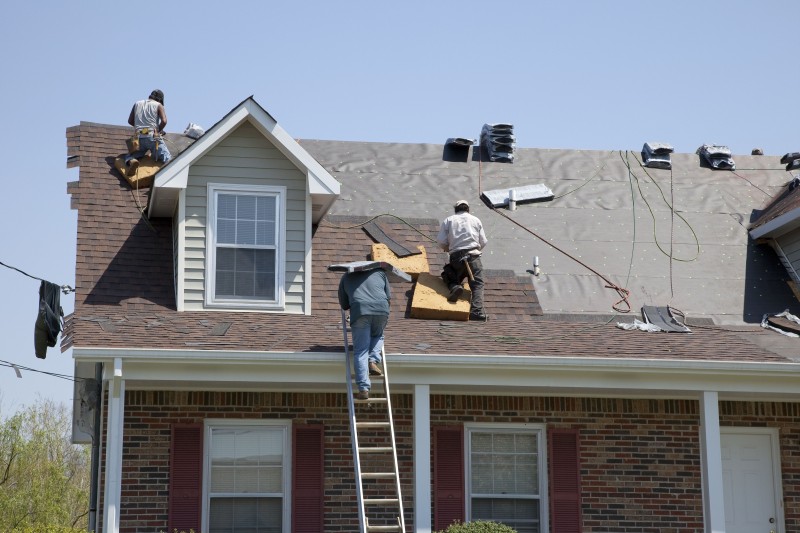Like other capital investments, commercial roofs can last for years with proper maintenance. With regular inspections and frequent upkeep, building owners can handle minor issues before they cause serious and expensive problems. Read on for some monthly Commercial Roofing Repair pointers to keep a commercial building’s roof in great shape.
* Remove loose debris such as twigs, leaves, dirt and gravel. Such materials can retain moisture, and wetness can eventually cause damage to the roof’s surface. By removing debris from the roof, building owners can reduce the likelihood of standing water and clogs.
* Clear auxiliary and field drain of debris to prevent water collection and structural damage.
* Periodically inspect the roof’s surface. On rubber and PVC roofing, look for holes, cracks and gaps. On built roofs, be on the lookout for areas of exposed tar paper or missing gravel. Call a contractor for recommendations and prompt repairs.
* Look for algae growth and discoloration, along with other signs of standing water. Affected areas may need repair to prevent further moisture buildup. Consult a licensed roofer to learn how to chemically inhibit the growth of moss and algae.
* Check flashings around skylights, plumbing vents and other rooftop additions. If the flashing has gaps, cracks, is loose or is missing, have it professionally repaired as soon as possible. Sealants and caulk can be used to fix minor damage.
* If the roof is a high-traffic area, set aside a walkway to prevent damage.
* While performing rooftop maintenance, use platforms for storage and work. Proper scaffolding will evenly distribute weight across the surface of the roof, preventing further damage.
Maintenance During the Winter
After a substantial snowfall, remove built-up snow quickly to prevent the formation of an ice dam, and inspect the roof, making repairs as needed. Keep drains clear to permit snow melt, and to prevent ice buildup at drain openings. Ensure adequate ceiling insulation and proper roof ventilation to further reduce the chance of ice damming.


